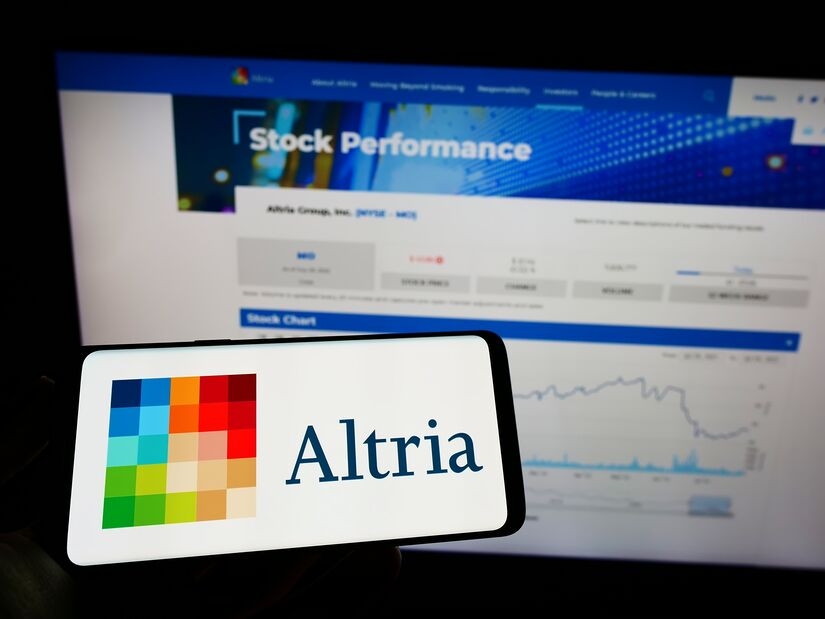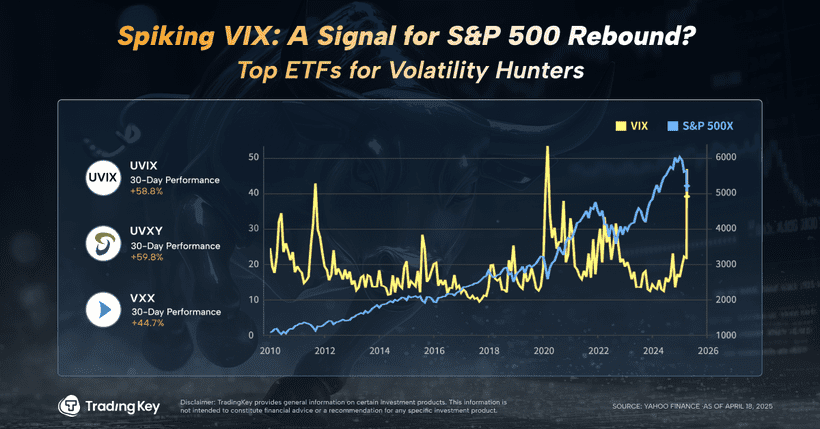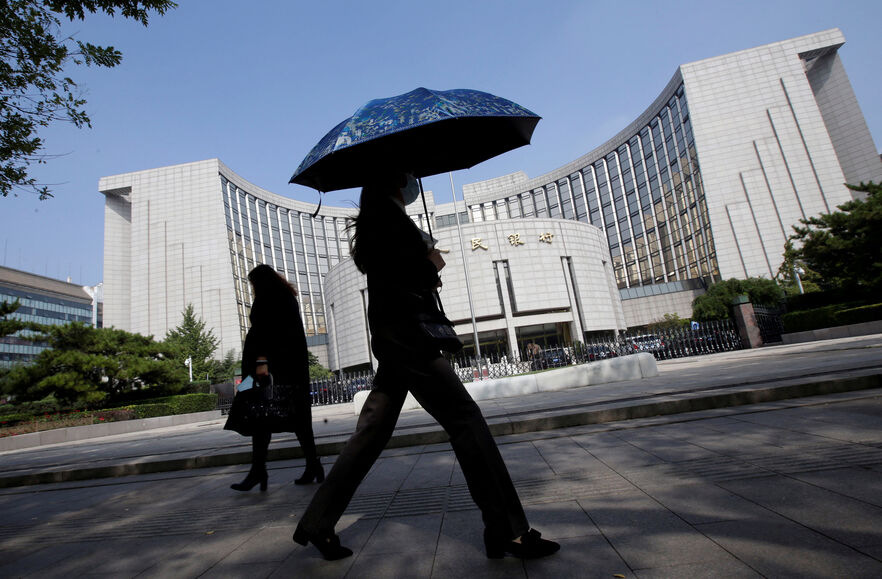EXCLUSIVE-India's $23 bln plan to rival China factories to lapse after it disappoints

- India issued less than 8% of funds allocated for manufacturing incentives as of Oct. 2024 - govt document
- Delhi will not expand plan or extend deadlines for participating companies
- Mobile-phone and pharmaceuticals production bright spots while other sectors disappoint
- Delhi mulls new plan to help firms recover investment costs faster
NEW DELHI, March 24 (Reuters) - Indian Prime Minister Narendra Modi's government has decided to let lapse a $23 billion program to incentivize domestic manufacturing, just four years after it launched the effort to woo firms away from China, according to four government officials.
The scheme will not be expanded beyond the 14 pilot sectors and production deadlines will not be extended despite requests from some participating firms, two of the officials said.
Some 750 companies, including Apple supplier Foxconn and Indian conglomerate Reliance Industries, signed up to the Production-Linked Initiative scheme, public records show.
Firms were promised cash payouts if they met individual production targets and deadlines. The hope was to raise the share of manufacturing in the economy to 25% by 2025.
Instead, many firms that participated in the program failed to kickstart production, while others that met manufacturing targets found India slow to pay out subsidies, according to government documents and correspondence seen by Reuters.
As of October 2024, participating firms had produced $151.93 billion worth of goods under the program, or 37% of the target that Delhi had set, according to an undated analysis of the program compiled by the commerce ministry. India had issued just $1.73 billion in incentives - or under 8% of the allocated funds, the document said.
News of the government's decision to not extend the plan and specifics about the lag in payouts are being reported by Reuters for the first time.
Modi's office and the commerce ministry, which oversees the program, did not respond to requests for comment. Since the plan's introduction, manufacturing's share of the economy has decreased from 15.4% to 14.3%.
In a separate statement on Saturday, the commerce ministry said participating firms had produced $163 billion worth of goods as of November 2024. The ministry did not say if the program would be allowed to expire but said PLIs have "incentivized domestic manufacturing, leading to increased production, job creation, and a boost in exports."
Foxconn, which now employs thousands of contract workers in India, and Reliance didn't return requests for comment.
Two of the government officials told Reuters the end of the program did not mean Delhi had abandoned its manufacturing ambitions and that alternatives were being planned.
The government last year defended the program's impact, particularly in pharmaceuticals and mobile-phone manufacturing, which have seen explosive growth. Some 94% of the nearly $620 million in incentives disbursed between April and October 2024 were directed to those two sectors.
In some instances, some food-sector companies that applied for subsidies weren't issued them due to factors such as "non compliance of investment thresholds" and companies "not achieving stipulated minimum growth," according to the analysis. The document did not provide specifics, though it found production in the sector had exceeded targets. Reuters could not determine which companies the analysis referred to.
But Delhi had previously acknowledged problems and agreed to extend some deadlines and increase payment frequency after complaints from PLI participants. One of the Indian officials, who spoke on condition of anonymity to discuss confidential matters, said that excessive red tape and bureaucratic caution continued to stymie the scheme's effectiveness.
As an alternative, India is considering supporting certain sectors by partially reimbursing investments made to set up plants, which would allow firms to recover costs faster than having to wait for production and sale, another official said.
Trade expert Biswajit Dhar at the Delhi-based Council for Social Development think-tank, who has said Modi's government needs to do more to attract foreign investment, said the country might have missed its moment.
The incentives program was "possibly the last chance we had to revive our manufacturing sector," he said. "If this kind of mega-scheme fails, do you have any expectation that anything is going to succeed?"
The stalling of manufacturing comes as India tries to circumvent the trade war unleashed by U.S. President Donald Trump, who has criticised Delhi's protectionist policies.
Trump's threat of reciprocal tariffs on countries like India that have a trade surplus with the U.S. means the export sector is increasingly challenged, said Dhar. "There was some amount of tariff protection ... and all that is going to be slashed."
HITS AND MISSES
The program was introduced at an opportune time for India: China, which for decades had been the world's factory floor, was struggling to maintain production amid Beijing's zero-COVID policy.
The U.S. was also seeking to reduce its economic reliance on an increasingly assertive Beijing, prompting many multinationals to pursue a "China plus one" policy of diversifying production lines.
With its large youthful population, lower costs and a government regarded as relatively friendly to the West, India seemed set to benefit.
India has become a global leader in pharmaceutical and mobile-phone production in recent years.
The country produced $49 billion worth of mobiles in the 2023-24 fiscal year, up 63% from 2020-21, government data show. Industry leaders like Apple now manufacture their newest and most sophisticated cellphones in India, after having started with low-cost models.
Similarly, pharmaceutical exports nearly doubled to $27.85 billion in 2023-24 from a decade ago.
But the success was not repeated in the other sectors, which include steel, textiles and solar panel manufacturing. India faces fierce competition from cheaper rivals like China in many of those fields.
In the solar industry, for instance, eight of the 12 companies that signed up to PLI are unlikely to meet their targets, according to a December 2024 analysis of the sector prepared by the renewable energy ministry and seen by Reuters. The eight firms included units of Reliance, Adani Group and the Indian conglomerate JSW.
The analysis found that the Reliance entity would only meet 50% of the production target it had been set for the end of the 2027 fiscal year, when the solar PLI scheme will expire. It also said that the Adani business had not ordered equipment it needed to manufacture the solar panels and that JSW had not "done anything yet."
JSW declined to comment, while Adani did not respond to questions.
The commerce ministry said in a January letter to the renewables ministry seen by Reuters that it would not agree to its counterpart's request to extend the scheme beyond 2027 as doing so "will result in unfair benefit for non-performers."
The renewables ministry said in response to Reuters' questions that it was committed to "fairness and accountability," as well as "ensuring that only those who meet their targets are rewarded."
In the steel sector, investment and production also lag targets. Fourteen of the 58 projects approved for PLIs have been withdrawn or removed due to lack of progress, according to the undated program-wide analysis.
($1 = 86.4425 Indian rupees)




